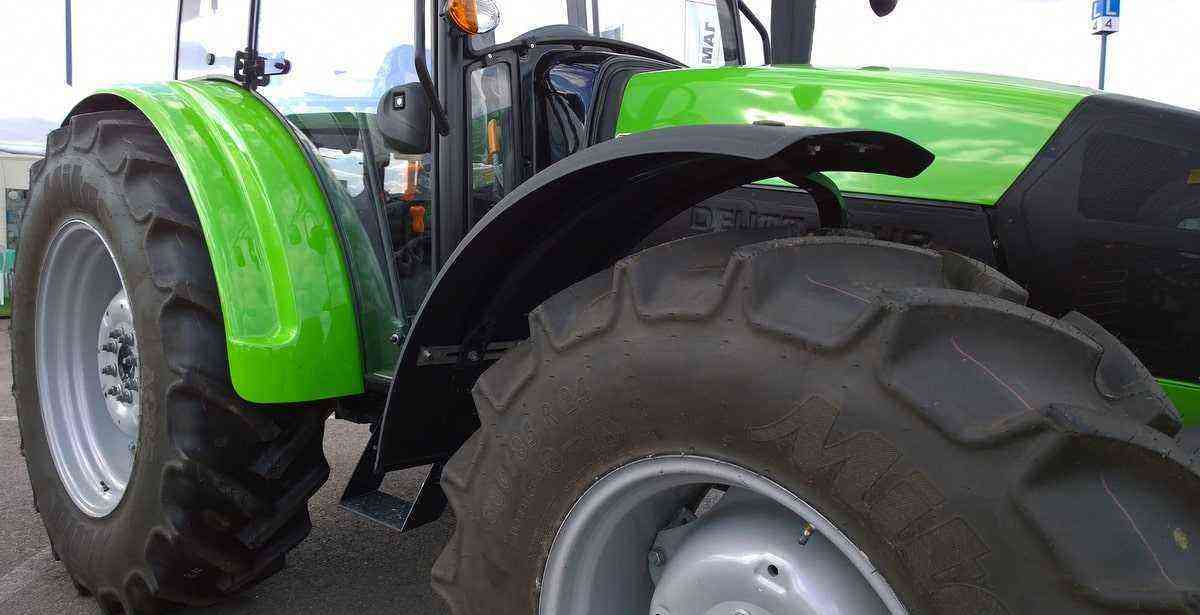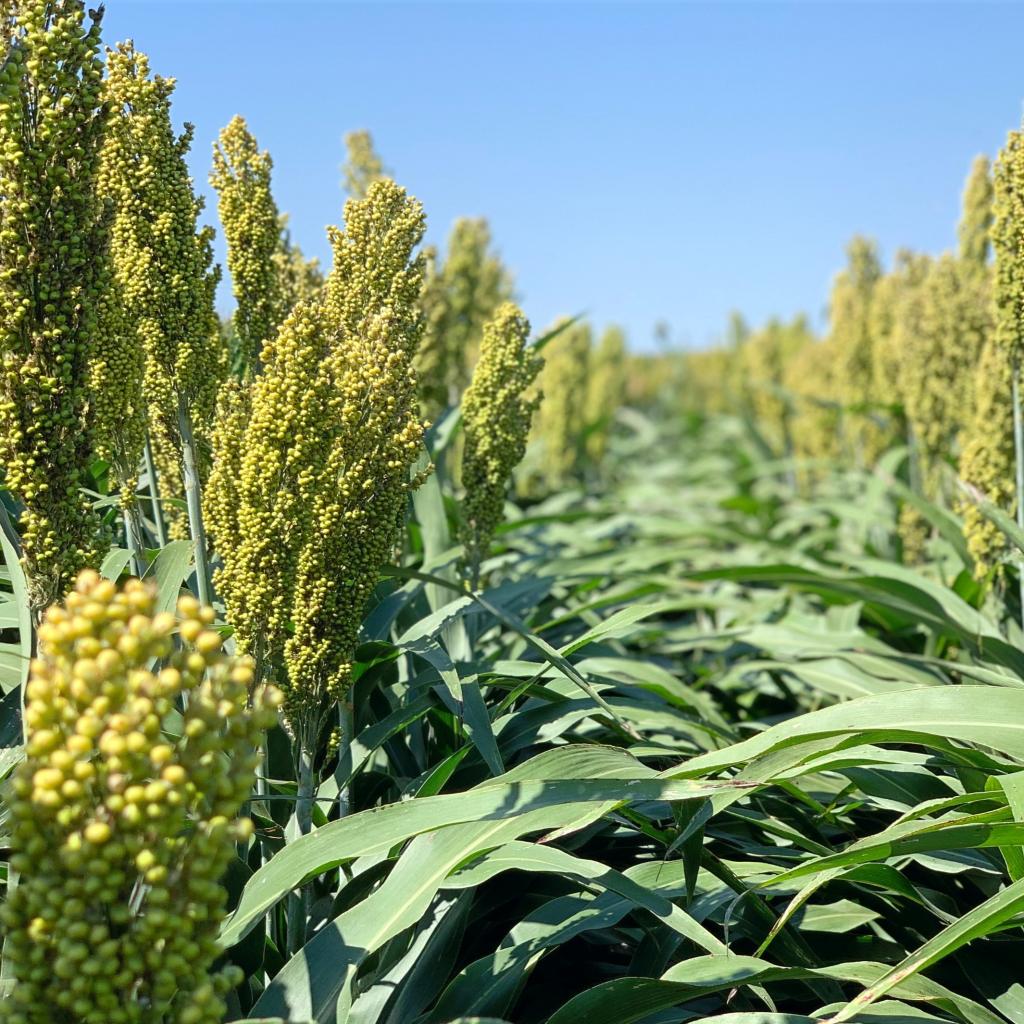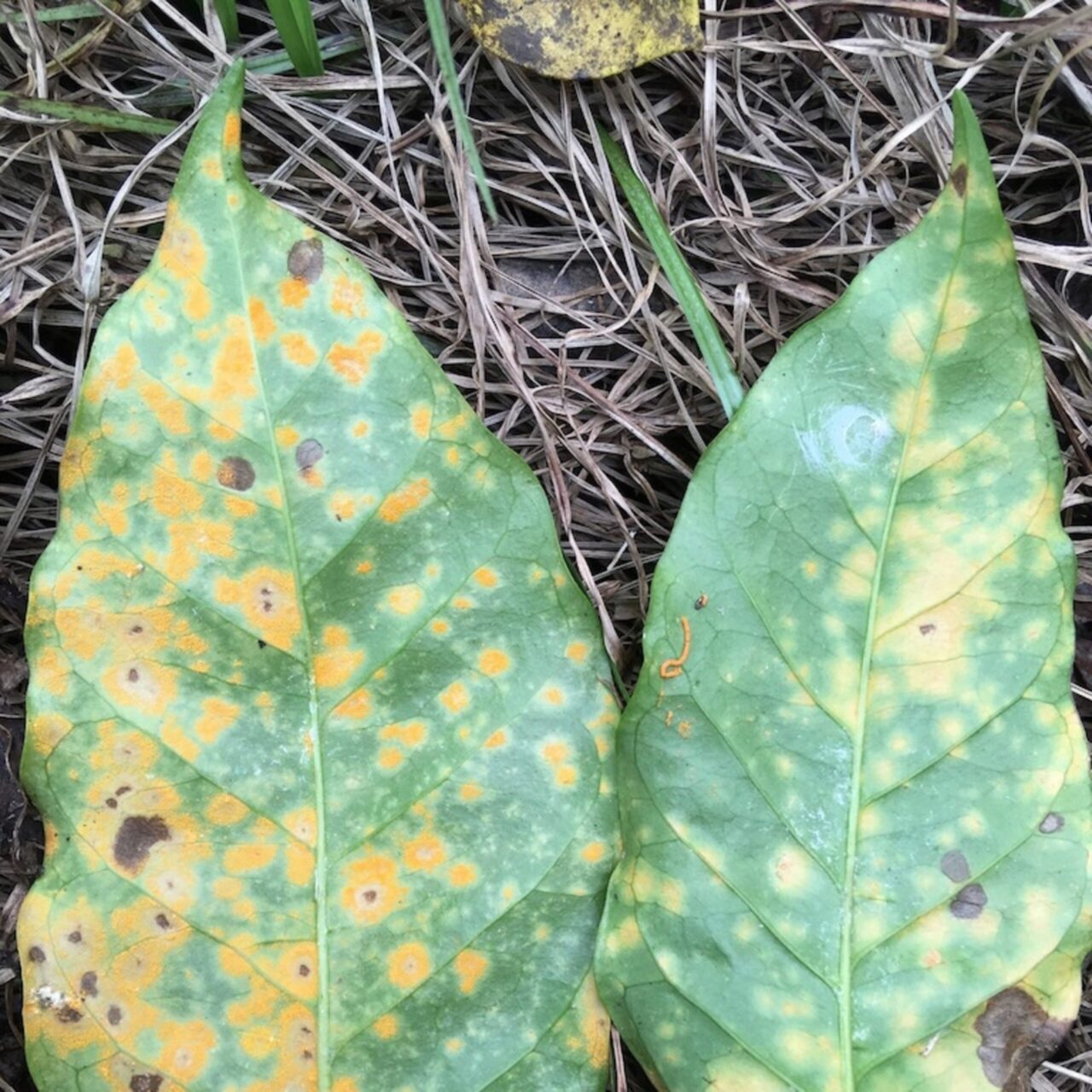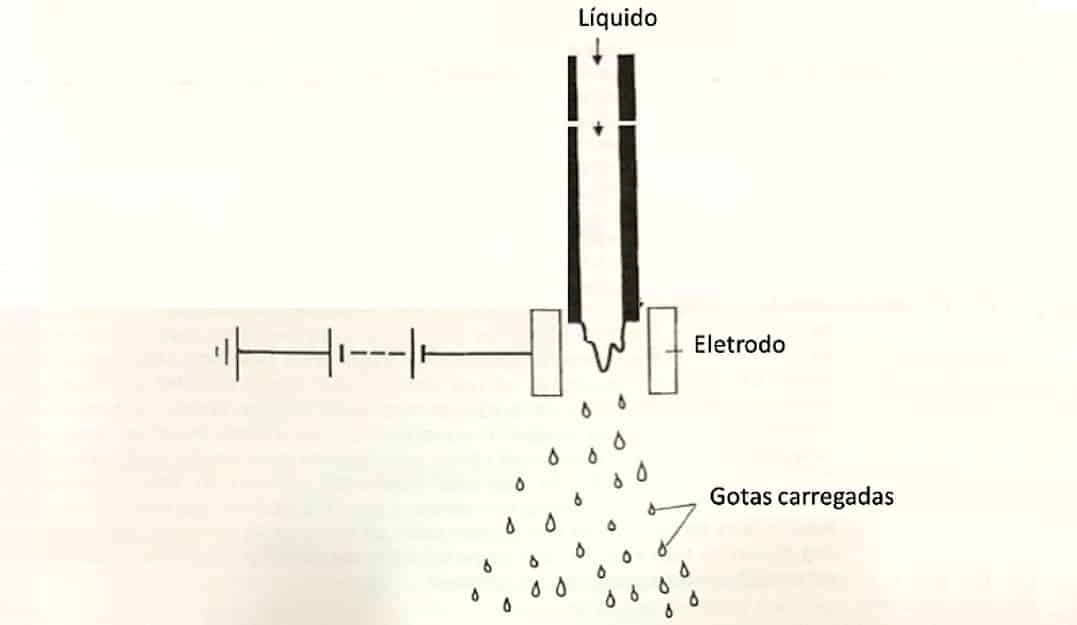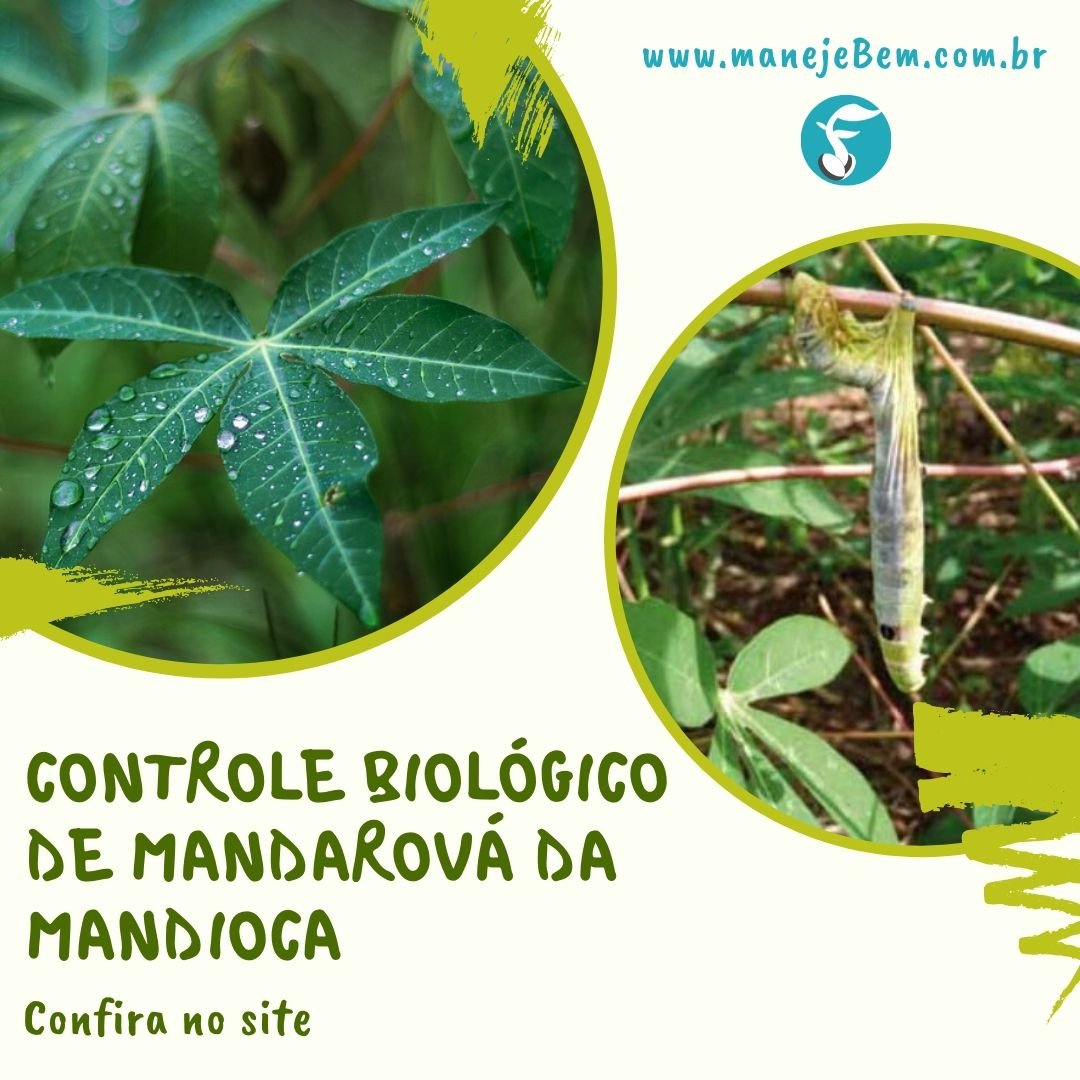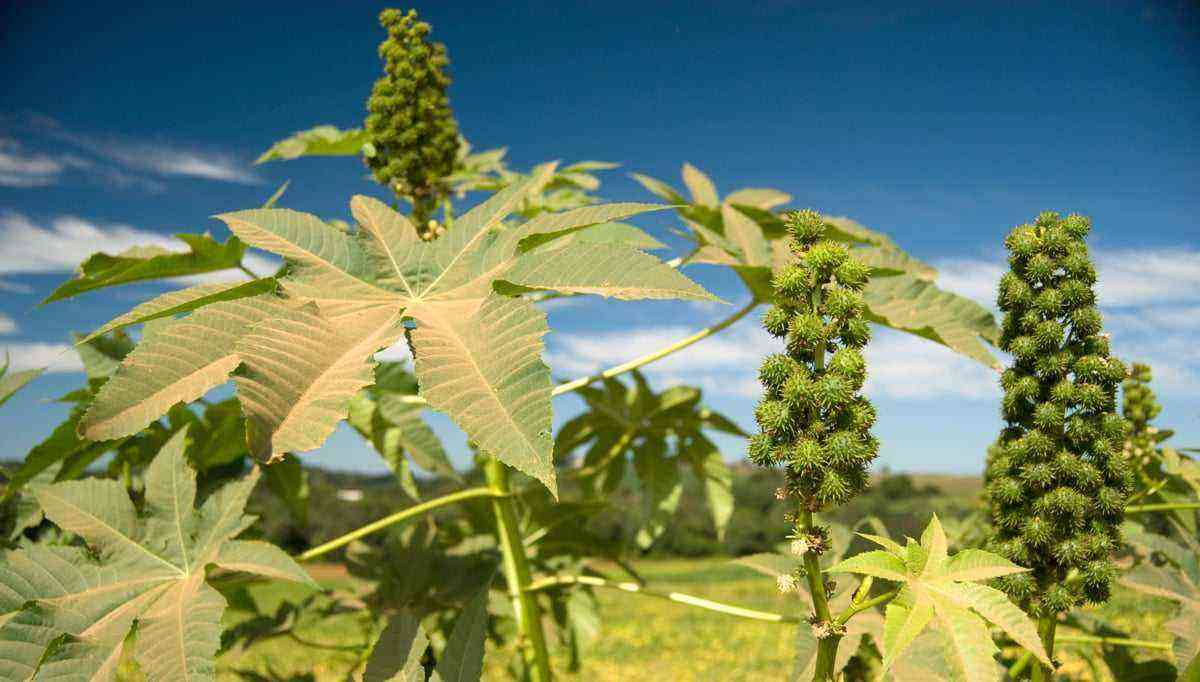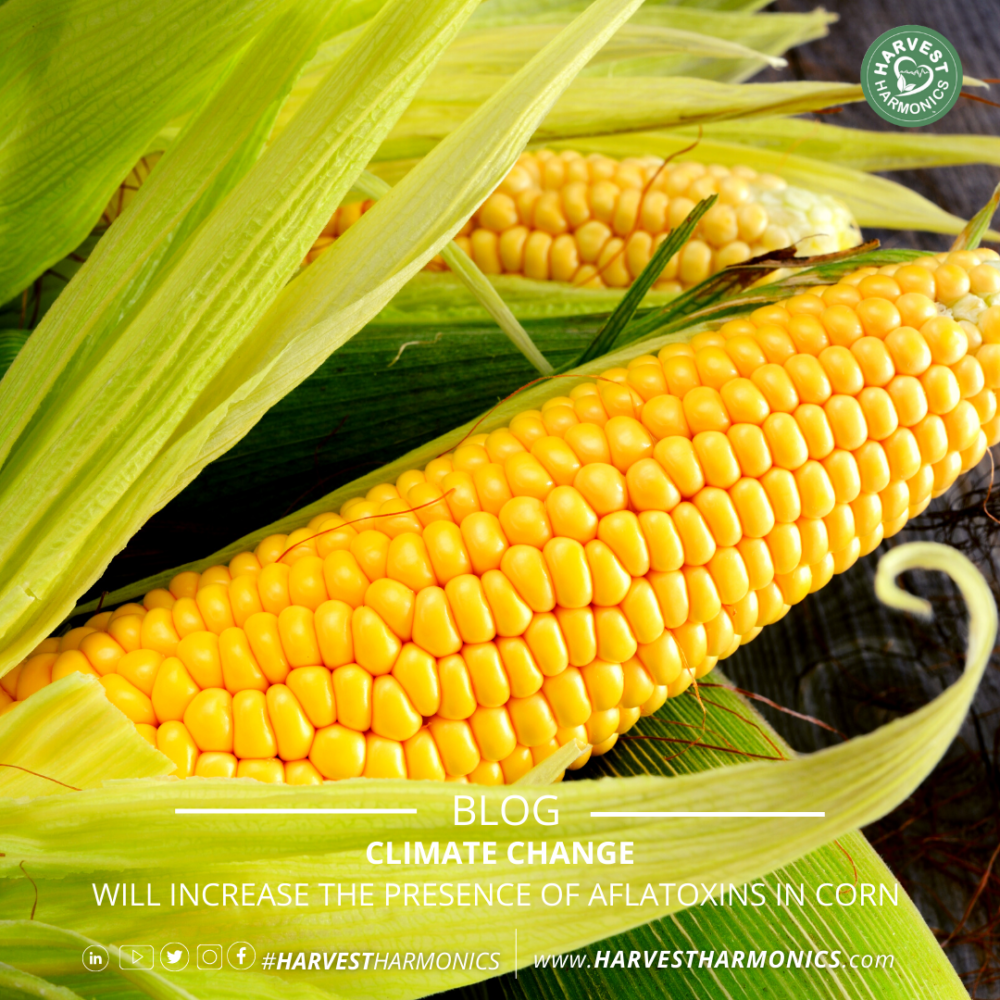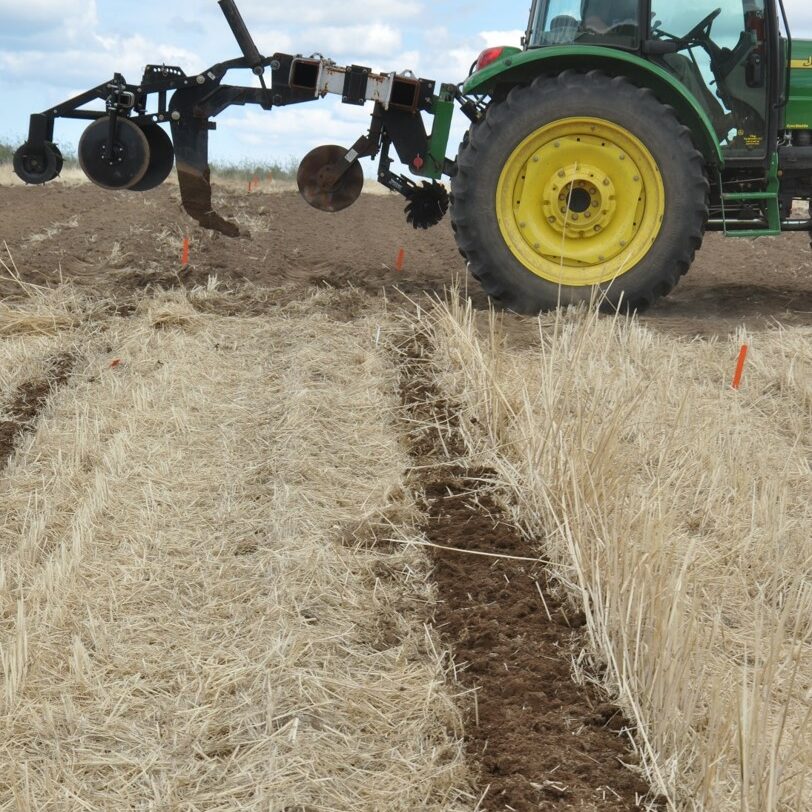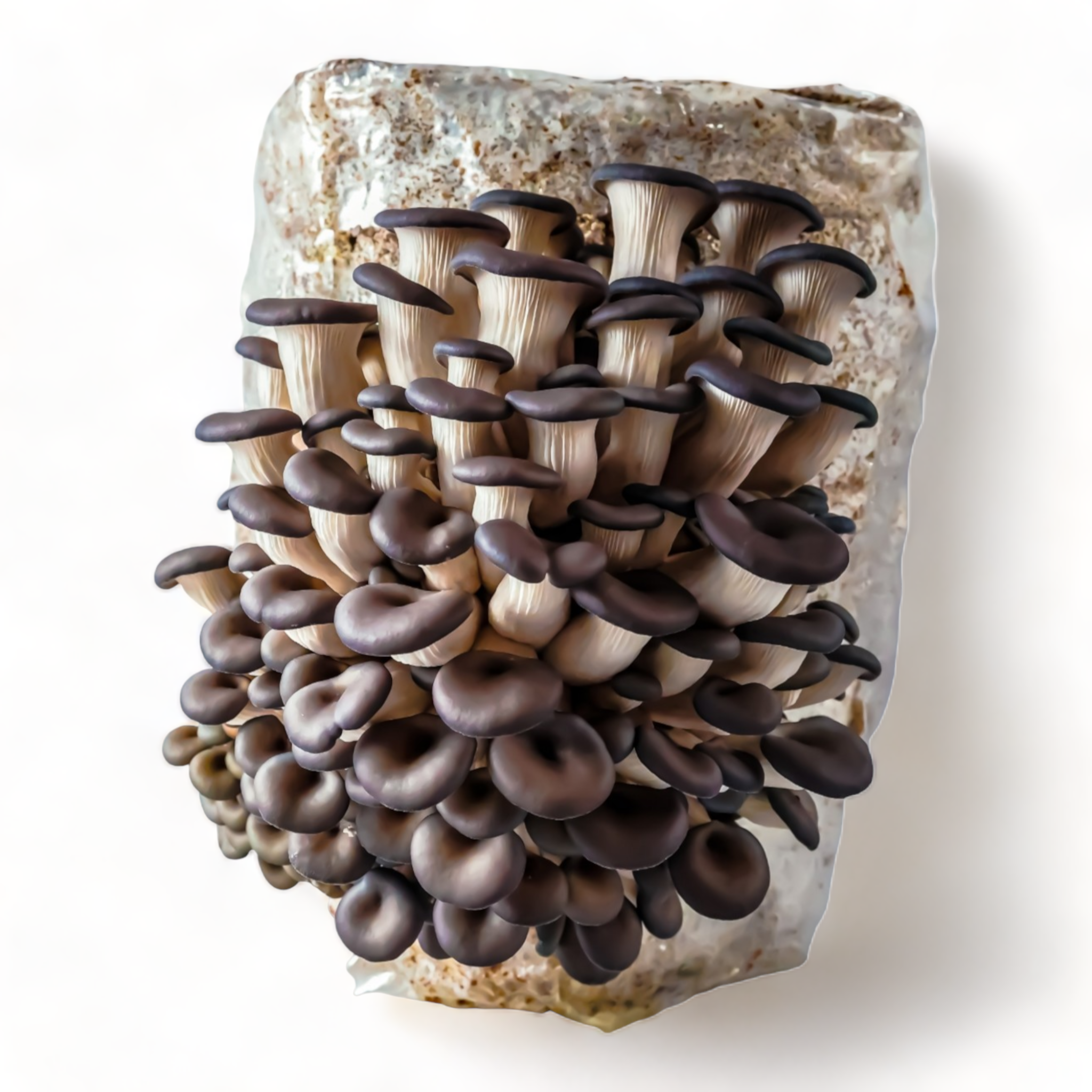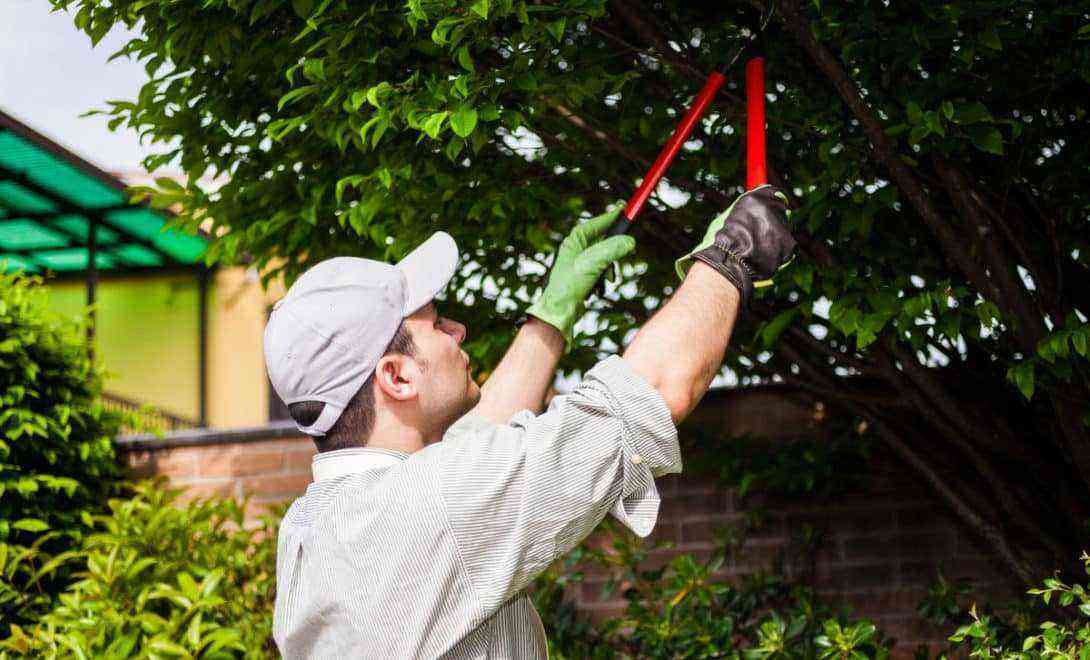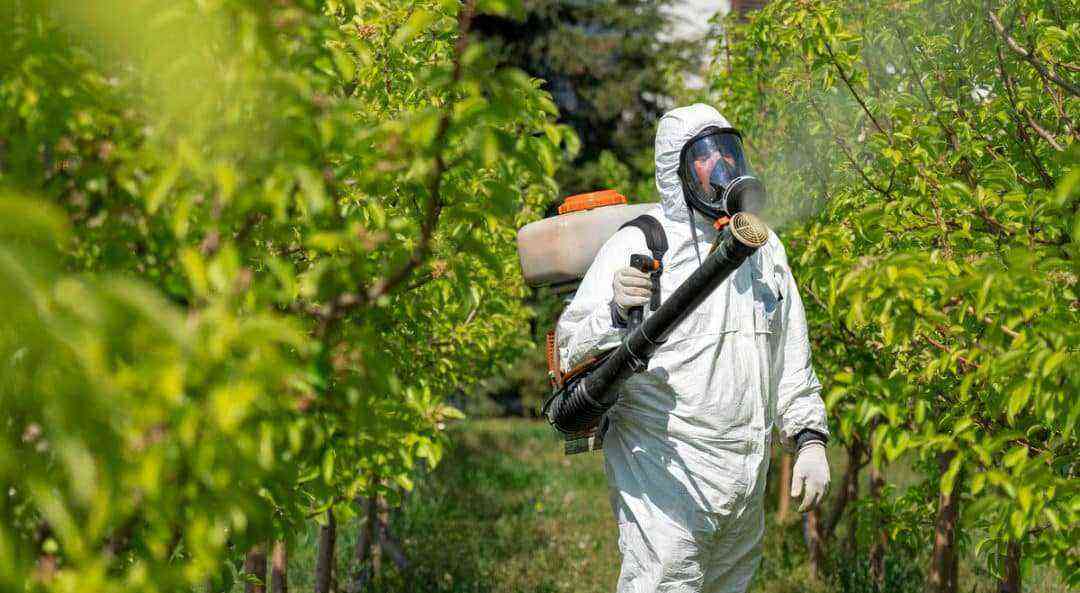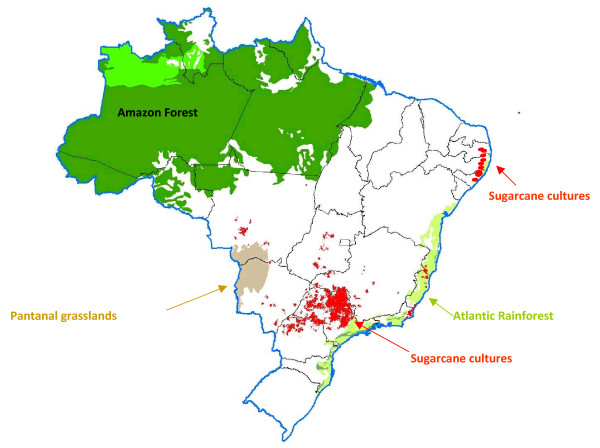Tomato is one of the most consumed vegetables in the world, and not just by humans – by pests too! More than 200 species have already been reported feeding on tomato.
We list below the main pests that affect tomato plants, as well as the favorable conditions for their reproduction and some control measures.
tomato moth
The tomato moth (Absolutely all) is a brown-green caterpillar of about 7 mm, with dark brown transverse stripes, and a dark brown head.
It moves quickly, causing the boring of plant and fruit pointers, in addition to leaving large mines (galleries) in the leaves. The caterpillar’s entrance hole becomes dark and does not fully heal.
Some control measures can be taken:
- incorporating crop residues from the previous crop into the soil;
- use mineral oil in the insecticide solution so that it reaches the caterpillars inside the plant organs;
- do an apical pruning;
- spray the bunches with fruit;
- apply the egg parasitoid Trichogramma pretiosum.
Chemical control should only be used when attack levels have reached 10% or more of leaves or 4% of fruit.

Crops irrigated by sprinkler or center pivot suffer less from tomato moth attack than those irrigated by furrow.
drill-small
The small drill (Neoleucinodes elegantalis) is a caterpillar of approximately 13 mm, whitish when the fruits are green, and red when the fruits are ripe.
Symptoms of this pest attack include fruit boring, eggs laid on flowers and small fruits. The newly hatched larvae enter the fruits by making small paths and then exit and pupate on the nearest leaf.
The control measures are the same as those taken to control the tomato leafminer.
Drill-giant
Two species are popularly called the giant borer. THE Spodoptera eridania presents dark triangles on the back, and the Helicoverpa zea has two or three longitudinal stripes on the body. Both measure about 40 mm.
The damage caused by these species is the boring of the fruits and the control methods are also the same as mentioned above, in addition to avoiding the planting of tomatoes close to corn crops.
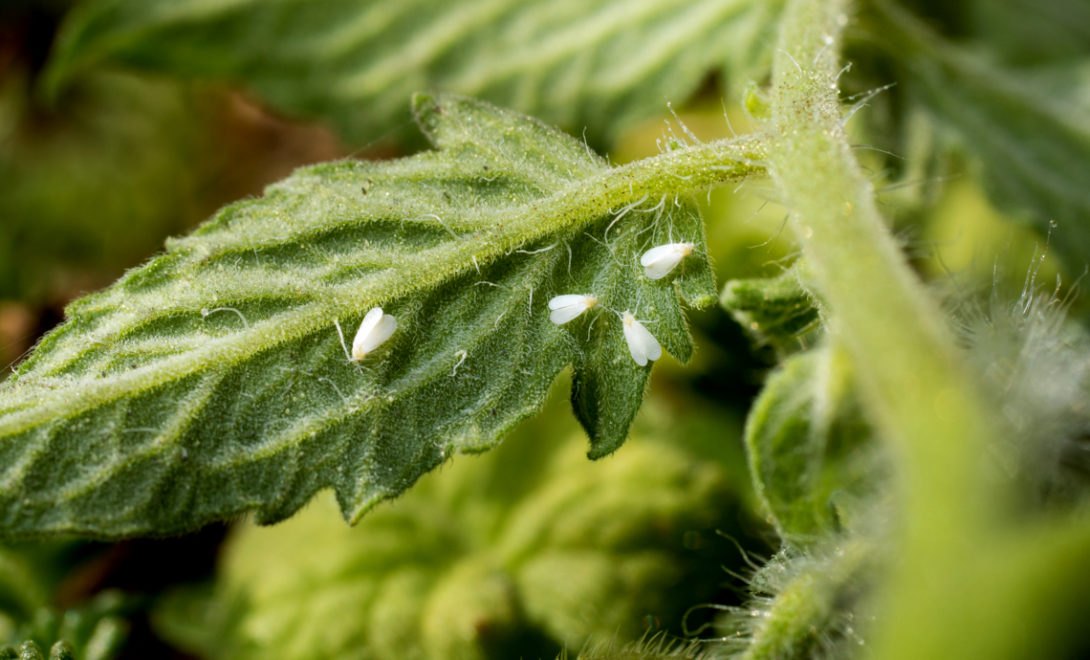 Caterpillar of the species Helicoverpa zea inside a tomato.
Caterpillar of the species Helicoverpa zea inside a tomato.
Fly-miner
A fly-miner (Liriomyza spp.) is a worm-like larva of about 2 mm and translucent yellowish coloration that feeds on tomato leaves, leaving as a symptom a thin mine (“path”) where it passes.
Control can also be done through the incorporation of crop residues into the soil, application of mineral oil in the insecticide solution to reach the larvae inside the mines, apical pruning, in addition to planting rows of corn or sorghum around the plots.
Chemical control should only be carried out when there are 10% or more mined leaves.

This type of pest can attack the tomato plant throughout its cycle, in addition to having many host species.
White fly
The whitefly (bemisia tabaci) when adult is about 1 mm, four wings covered by a white powder, and it is present on the leaves of the apical and median thirds of the canopy. As a nymph, it has a greenish appearance and is fixed on leaves of the median and basal thirds.
The damage caused by the whitefly is suction of sap, injection of toxins into the vascular system of plants and transmission of viruses. Some control measures can be adopted:
- screened in nurseries and seedbeds;
- planting barriers around the growing area;
- dead cover;
- maintenance of flowering spontaneous plants close to the crop, so that they serve as a shelter for pests and they do not locate the tomato plantation;
- direct the spray jet on the underside of the leaves;
- apply chemical control when the total number of insects is equal to or greater than one insect per tray beat in the apical portion of the plant.
 Dry and hot periods favor the development and dispersion of the whitefly.
Dry and hot periods favor the development and dispersion of the whitefly.
Gut
Insects of the species are called thrips. Frankliniella schultzei e Thrips palmi. The first is dark in color and the second is light brown. Both when adults have about 3 mm, fringed wings and mouthparts of the chipper-scraper type. The damage caused to the tomato plant and the control measures are the same as for the whitefly.
Aphids
The aphids that attack the tomato crop belong to the species Myzus persicae e Macrosiphum euphorbiae. Both have a green color, the first measuring 2 mm and the second 4 mm. They also cause the same symptoms as whitefly and thrips and can be controlled by the same methods.

The species of aphids that attack tomatoes also transmit the mosaic Y, yellow top and bottom yellow viruses.
Mites
Three species of mites usually attack tomato plants: Aculops lycopersici, which has a worm-like body measuring 0,2 mm, four legs and a reddish-brown color; and the species Tetranychus urticae e Tetranychus evansi, which measure about 0,46 mm, have 8 legs, and are greenish in color with dark dorsal or intense red spots, respectively, and produce web threads on the underside of the leaves.
As symptoms, tomato leaves show twisting, irregular development and eventually dry out. For control, the formation of dust must be avoided, as it serves as a shelter for the oviposition of mites and is harmful to natural enemies.
In addition, when the mite attack is intense, the use of pyrethroid insecticides to control other pests should be avoided.
 mite infestation Tetranychus evansi on the tomato leaf.
mite infestation Tetranychus evansi on the tomato leaf.
So, did you learn a little about the main tomato pests? Armed with information, cultivation becomes easier. At MF Rural you will find ads for healthy seedlings, stakes, substrate and even greenhouses for production. Take the opportunity to check it out!










